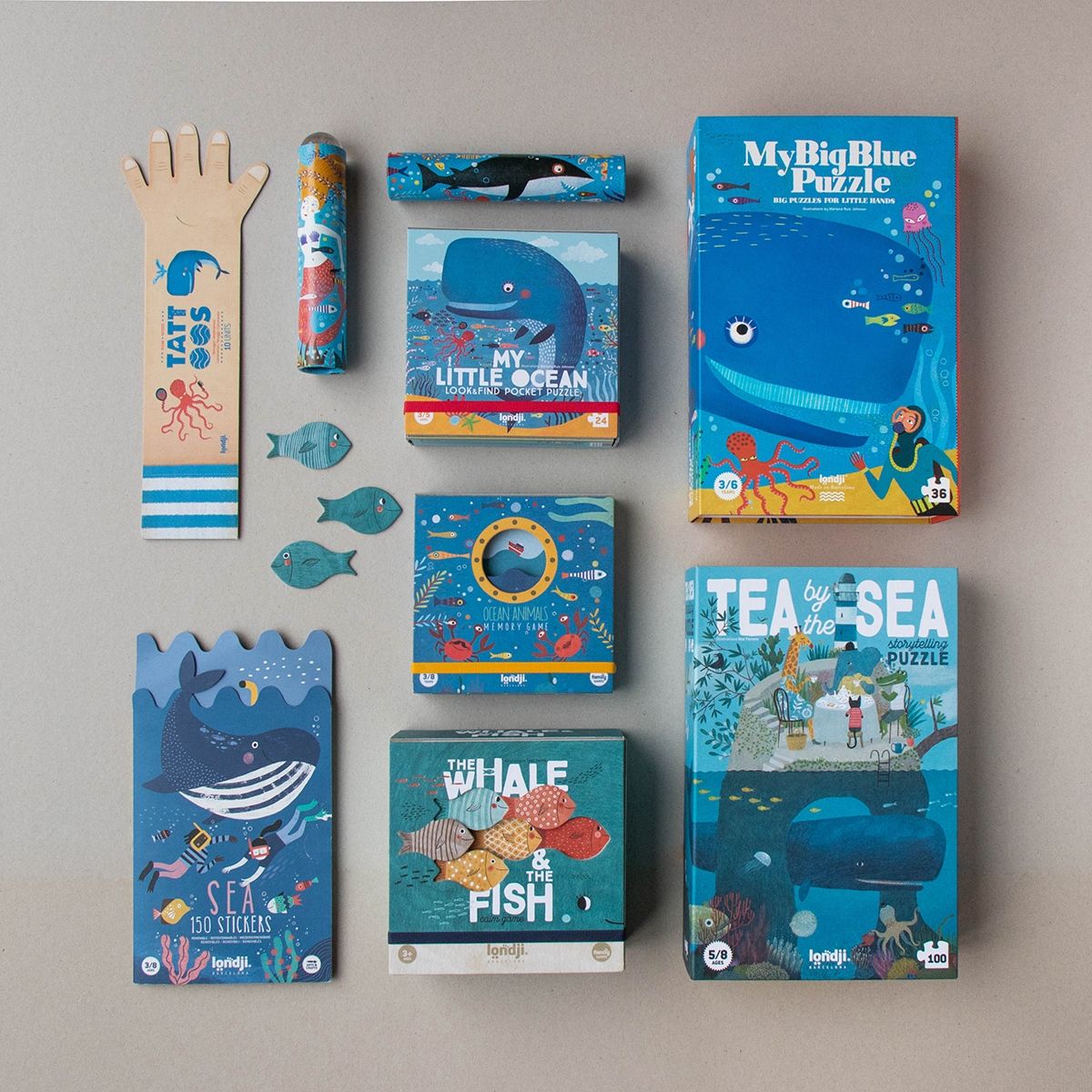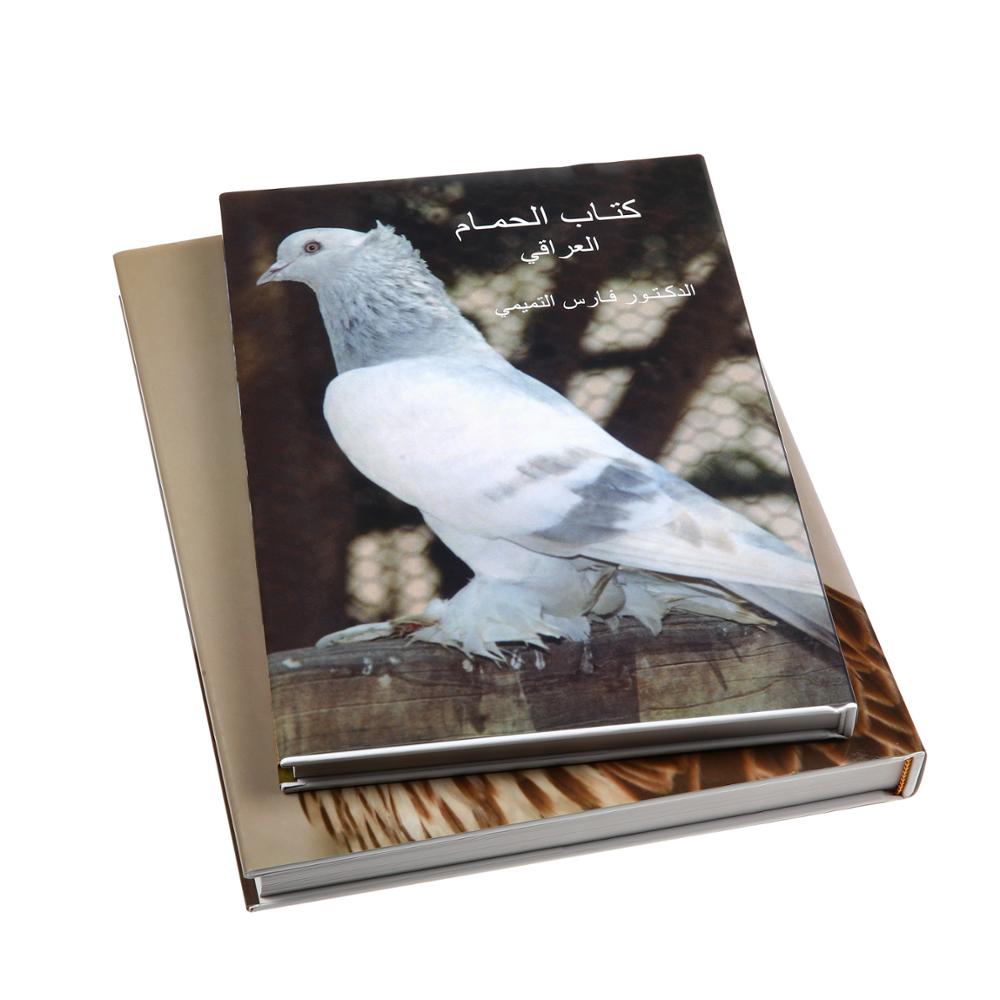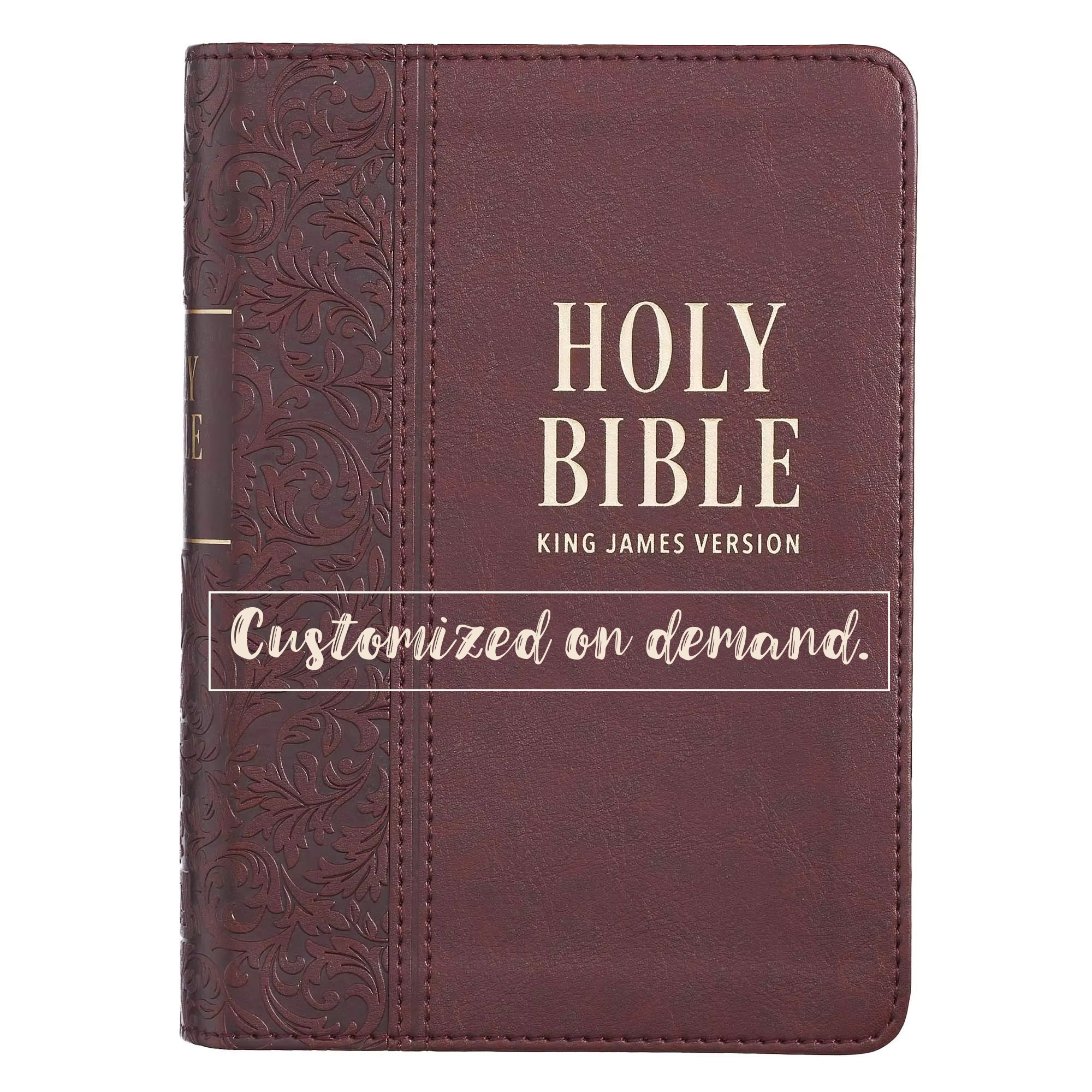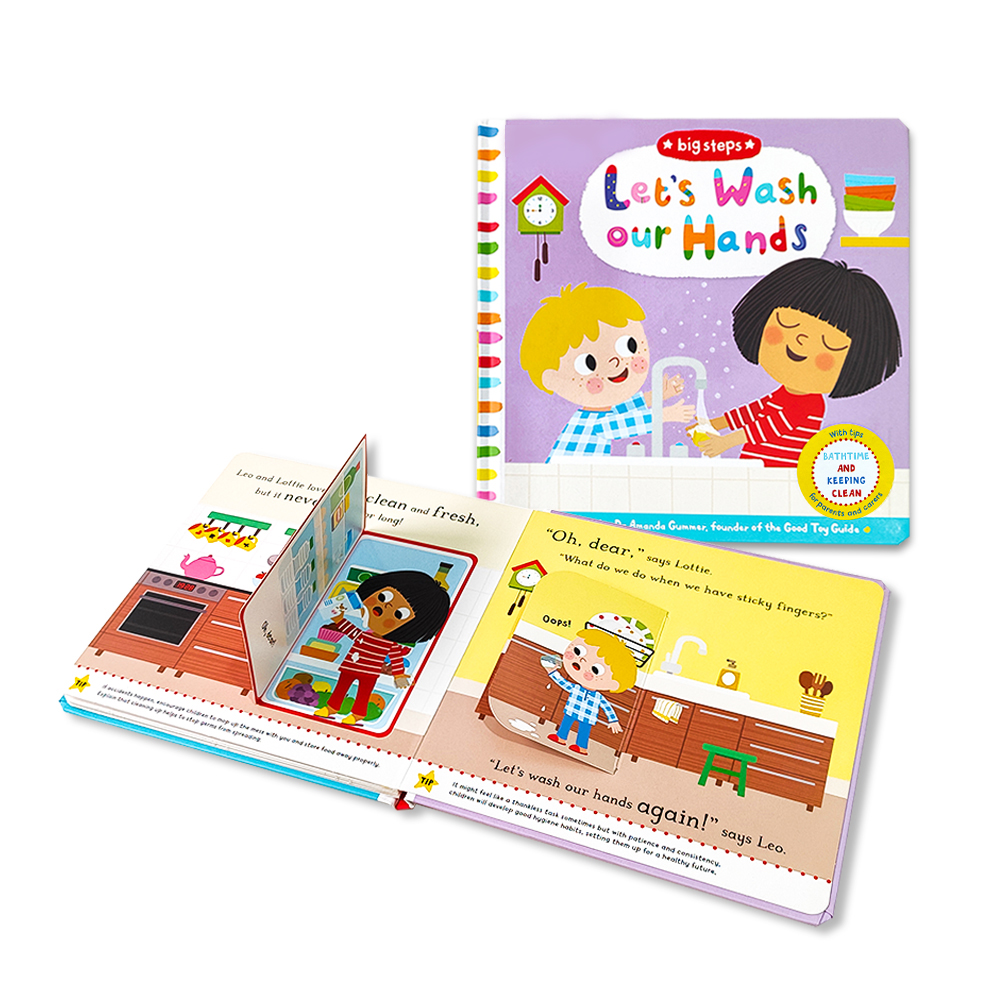Wie viel kostet es, ein Pappbilderbuch zu drucken?
Board books hold a cherished position among parents and young children alike. The appeal of those sturdy, thick pages that endure enthusiastic handling is undeniable.
For authors or publishers contemplating the self-publication of a children’s board book, grasping the associated printing costs is essential. In this comprehensive guide, as a trusted provider of board book printing services, I will outline everything you need to know regarding the financial aspects of your printing project.
Inhaltsverzeichnis
The Cost of Printing a Children’s Board Book
The Benefits of Choosing a Board Book
Board books represent a vital step in a child’s reading journey. Their robust cardboard pages are specifically designed for small hands still honing their motor skills. Typically featuring straightforward narratives and vibrant illustrations, these books are crafted to engage a young audience’s imagination.
As a children’s author, your goal is to foster a lasting passion for reading, and board books often serve as a child’s initial foray into literature.
Here are some notable advantages of board books:
-
Haltbarkeit: Designed to withstand tearing, chewing, and dropping, board books are perfect for curious toddlers.
-
Engagement: Their interactive and sensory elements make board books enjoyable for young readers.
-
Educational Value: Board books introduce children to essential concepts like colors, numbers, letters, and animals, laying the groundwork for future learning.
-
Family Bonding: Reading together with board books fosters meaningful connections between parents and children.
Given these compelling reasons, it’s clear why board books are so popular. If you believe that this format suits your story, let’s delve into the specifics of board book printing.
Essential Specifications for Printing Board Books
Every printing project has crucial specifications that impact the overall cost. The key factors include:
- Buchgröße
- Seitenanzahl
- Print Run Quantity
- Papierauswahl
- Color vs. Black and White Printing
- Binding Method
- Additional Finishing Options (e.g., spot UV)
Let’s explore each of these elements in detail:
Buchgröße
Board books are available in several common sizes:
- 5 x 5 inches
- 6 x 6 inches
- 7 x 7 inches
- 8 x 8 inches
The 6 x 6 inch format is particularly favored, although custom dimensions can be accommodated. Generally, larger board books incur higher printing costs due to the necessity of larger cardstock sheets.
Seitenanzahl
Board books usually contain around 10 to 20 pages, though some may have fewer for very young infants. More pages will result in higher printing expenses, so consider how much content you need to effectively tell your story.
Print Runs
A print run refers to the number of copies produced in a single batch. With offset printing, initial costs are higher due to the setup of printing plates and equipment. However, once production begins, the cost per book decreases significantly.
Consequently, larger print runs lead to lower per-unit costs. A typical minimum print run for board books is approximately 500 to 1,000 copies.
Papierauswahl
For board books, coated cardstock paper weighing between 150-400 gsm is ideal. This thickness ensures durability for repeated handling. Opting for heavier paper will raise costs slightly, but it is crucial for the longevity of the book.
Farbe vs. Schwarzweiß
Full-color printing has become the standard for board books. While black and white printing or single Pantone colors could reduce costs, the vibrant colors are more appealing to young readers.
Binding Method
Board books can be bound using case binding, where an exterior cover surrounds the inner pages, or self-cover binding, where the cover cardstock also acts as the first and last pages. Self-cover options are generally more economical and are often preferred for budget-conscious projects.
Additional Finishing Options
Some board books may feature spot UV coating, which adds a glossy finish for enhanced visual appeal and additional cover protection. Other options include foil stamping, embossing, and custom die cuts. These treatments, while aesthetically pleasing, can significantly increase production costs, so they should be used judiciously.
What Are the Costs of Board Book Printing?
Having established the key specifications, let’s look at what you can expect to pay for printing a board book. Here is an overview of typical pricing:
Self-Cover Board Book Pricing
For a standard 6 x 6 inch self-cover board book printed in full color with 20 pages on 350 gsm cardstock, the pricing generally falls within these ranges:
- 500 copies – Approximately $2.30 per book
- 1,000 copies – Around $1.55 per book
- 2,000 copies – About $1.40 per book
- 5,000+ copies – Roughly $1.00 per book
To illustrate, if you were to print an initial run of 1,000 self-cover board books, your estimated printing cost would be around $1,550 ($1.55 x 1,000 books). Additional charges may apply for:
- Extra pages
- Thicker paper options
- Specialized binding
- Custom treatments (foil, embossing)
- Expedited turnaround times
These base prices provide a ballpark figure, but variations in your project specifications will affect the final cost.
Hardcover Board Book Pricing
Hardcover board books, which are printed in full color, typically cost more than their self-cover counterparts:
- 500 copies – Approximately $2.75 per book
- 1,000 copies – About $2.00 per book
- 2,000 copies – Roughly $1.80 per book
- 5,000+ copies – Around $1.30 per book
The initial setup cost remains consistent for smaller runs, but cost savings on paper and printing become evident at larger volumes. Therefore, if you opt for a hardcover board book, anticipate paying an additional $500 to $1,000 for your first print run of 500 to 1,000 copies.
Choosing the Right Trim Size
Square formats ranging from 5 x 5 inches to 8 x 8 inches are standard for board books, but custom dimensions can also be accommodated. It’s essential to choose a trim size that’s comfortable for small hands to handle, so consult your designer if you’re uncertain.
Estimating Print Quantities
A crucial aspect of any printing project is determining the quantity for your initial print run. This requires a blend of sales forecasting and risk assessment.
I generally advise first-time children’s book authors and self-publishers to start conservatively, with an initial print run of 500 to 1,000 copies. However, consider the following factors to help you refine your estimates:
Assessing Sales Potential
Evaluate your sales channels and distribution options. Will your primary sales be through online platforms, local bookstores, gift shops, or directly to schools and libraries?
Make informed estimates regarding potential sales for each channel, and use these figures to project total lifetime sales volume.
Pro Tip: Adopt a conservative approach in your sales forecasting to minimize the risk of accumulating unsold inventory.
Accounting for Marketing Copies
Don’t overlook the need for marketing copies in your print quantity. Allocating some books for promotional purposes, such as sending copies for reviews or giveaways, is critical.
Consider allowing for at least 5% of your estimated total sales volume for marketing copies, although this could increase to 20% or more based on your promotional strategy.
Splitting Across Multiple Print Runs
Instead of printing all forecasted copies in a single batch, consider distributing quantities over multiple print runs. For instance, if you project total lifetime sales of 3,000 copies, you might do the following:
- Initial run of 1,000 copies
- Reorder 500 copies six months later
- Follow with an additional 1,500 copies a year after the first print
This strategy mitigates risk over time as you gauge actual demand. It also prevents overprinting before confirming sales velocity and allows for any necessary adjustments based on feedback.
How to Obtain a Quote for Board Book Printing
I hope this overview has provided a clear understanding of board book printing costs. Pricing can vary based on your specific project specifications, and the most accurate way to receive a quote is to request a formal estimate from printers.
Most printing companies will offer an easy online quoting form or a simple spreadsheet for you to fill in the necessary details, including:
- Trim size
- Page count
- Paper choice
- Binding style
- Print run quantity
- Shipping destination
I recommend obtaining quotes from at least three or four printers to compare service quality, pricing, and expertise. While cost is undoubtedly important, selecting an experienced printer who is committed to facilitating a smooth process and delivering a high-quality product should be your priority.
The demand for exceptional board books is ever-present! As you embark on the journey of creating your own, feel free to reach out for guidance on printing.
Let’s work together to create enchanting board books that children will cherish for years to come!
FAQs
1. What factors influence the cost of printing a board book?
The cost of printing a board book is influenced by several key factors, including book size, number of pages, print run quantity, paper choice, printing color (full color vs. black and white), binding style, and any additional treatments. Each of these elements contributes to the overall price, so it’s essential to consider them carefully when planning your project.
2. How can I ensure the durability of my board book?
To ensure your board book’s durability, choose high-quality, thick cardstock paper (between 150-400 gsm) for the pages. Opt for self-cover binding for a budget-friendly option, and consider using additional treatments like spot UV coating to enhance both durability and visual appeal. Selecting durable materials will help your board book withstand the enthusiastic handling of young readers.
3. What is the best way to estimate print quantities for a board book?
Estimating print quantities involves assessing your anticipated sales channels and overall market demand. Begin with a conservative estimate, typically around 500 to 1,000 copies for a first print run. Factor in potential marketing copies, and consider spreading your print runs over time to minimize risk. This approach allows you to gauge demand and make adjustments based on actual sales performance.
Buchdruck
Neue Produkte
Letzter Blog
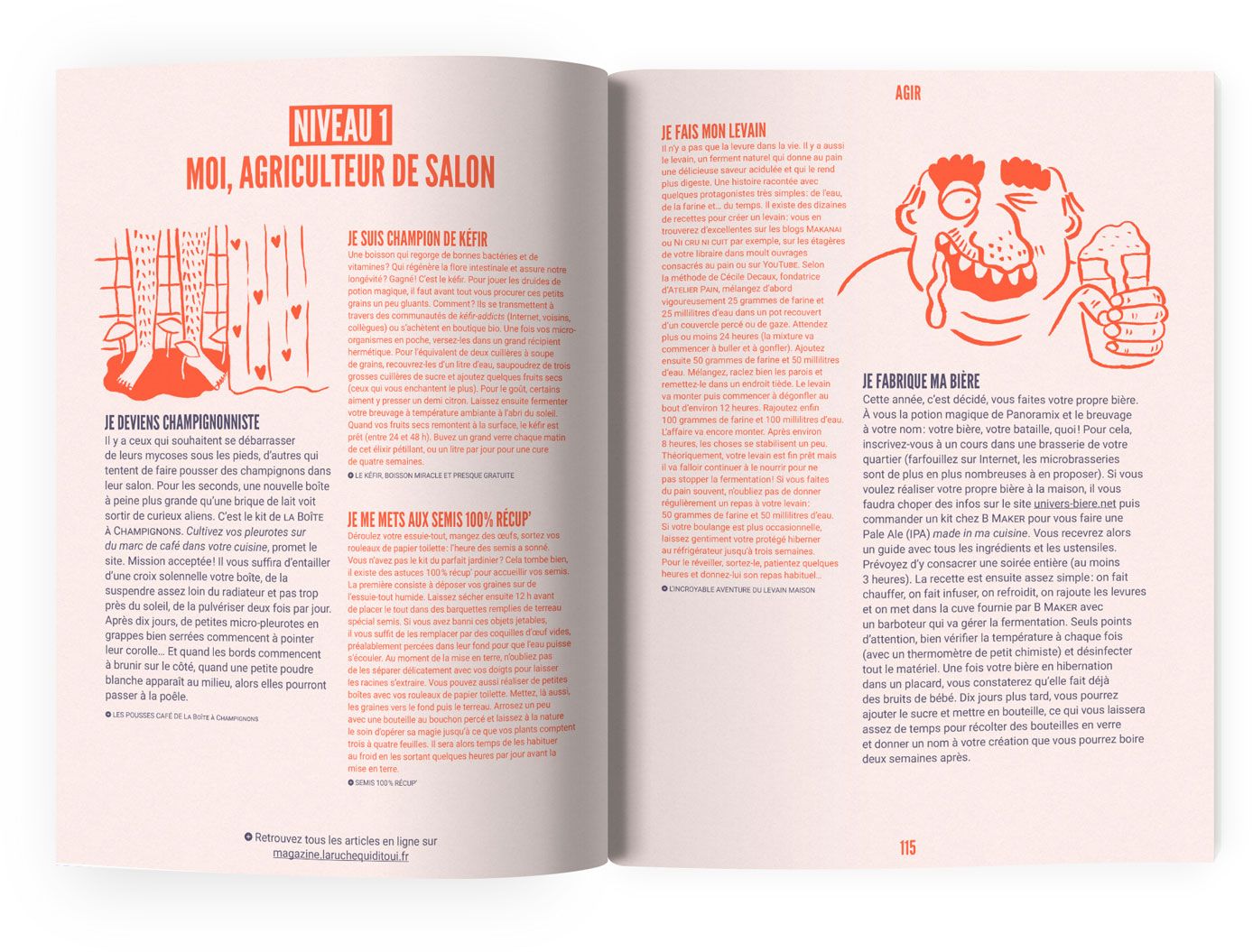
Wie viel kostet das Drucken von Büchern
Die Reise der Selbstveröffentlichung eines Buches ist aufregend und herausfordernd zugleich. Als Buchdruckerei
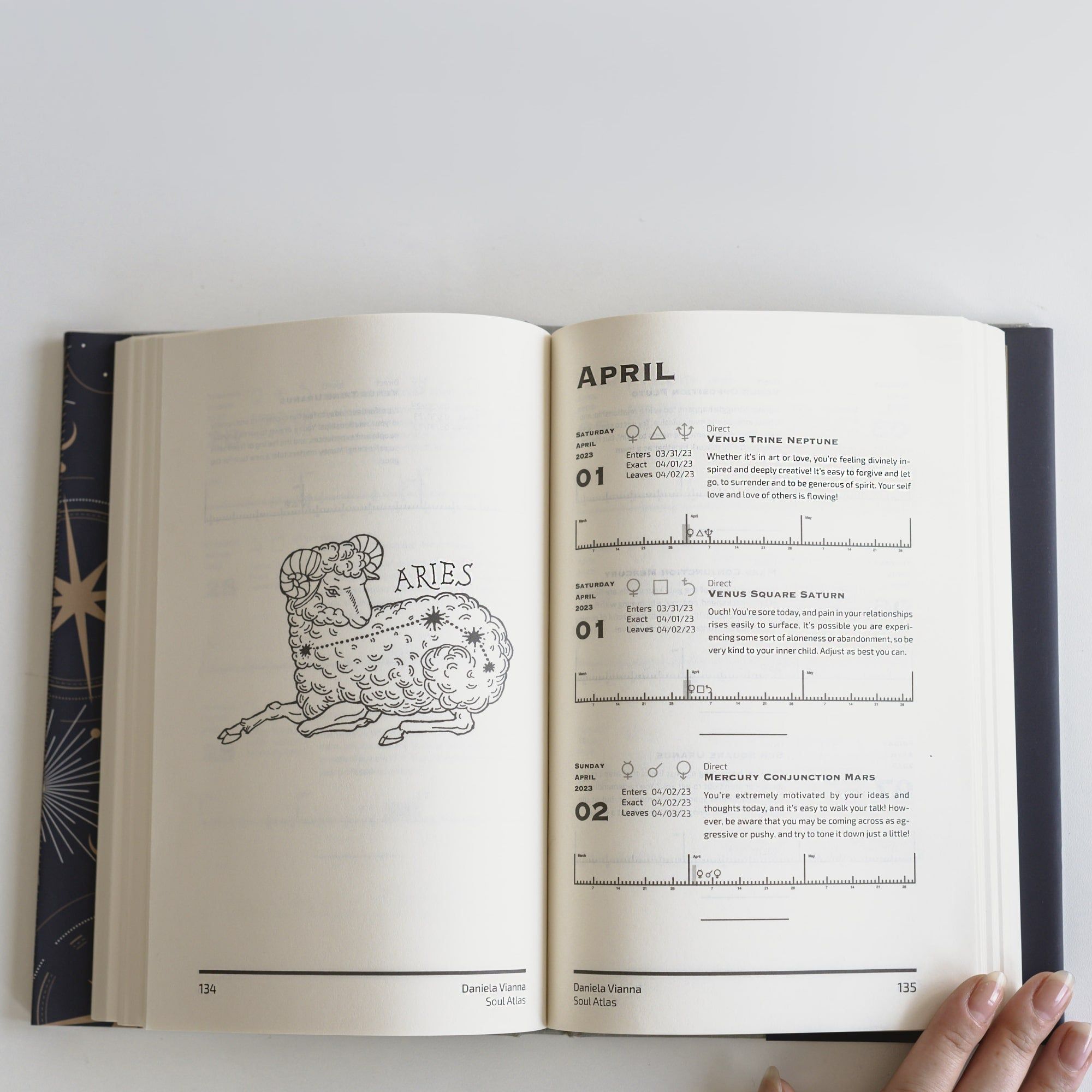
Wie viel kostet der Druck eines 200-seitigen Taschenbuchs?
Der Druck eines Buches ist ein komplexer und kostenintensiver Prozess, kann für Autoren, Selbstverleger und Unternehmen der Buchproduktionsbranche jedoch eine lohnende Erfahrung sein.
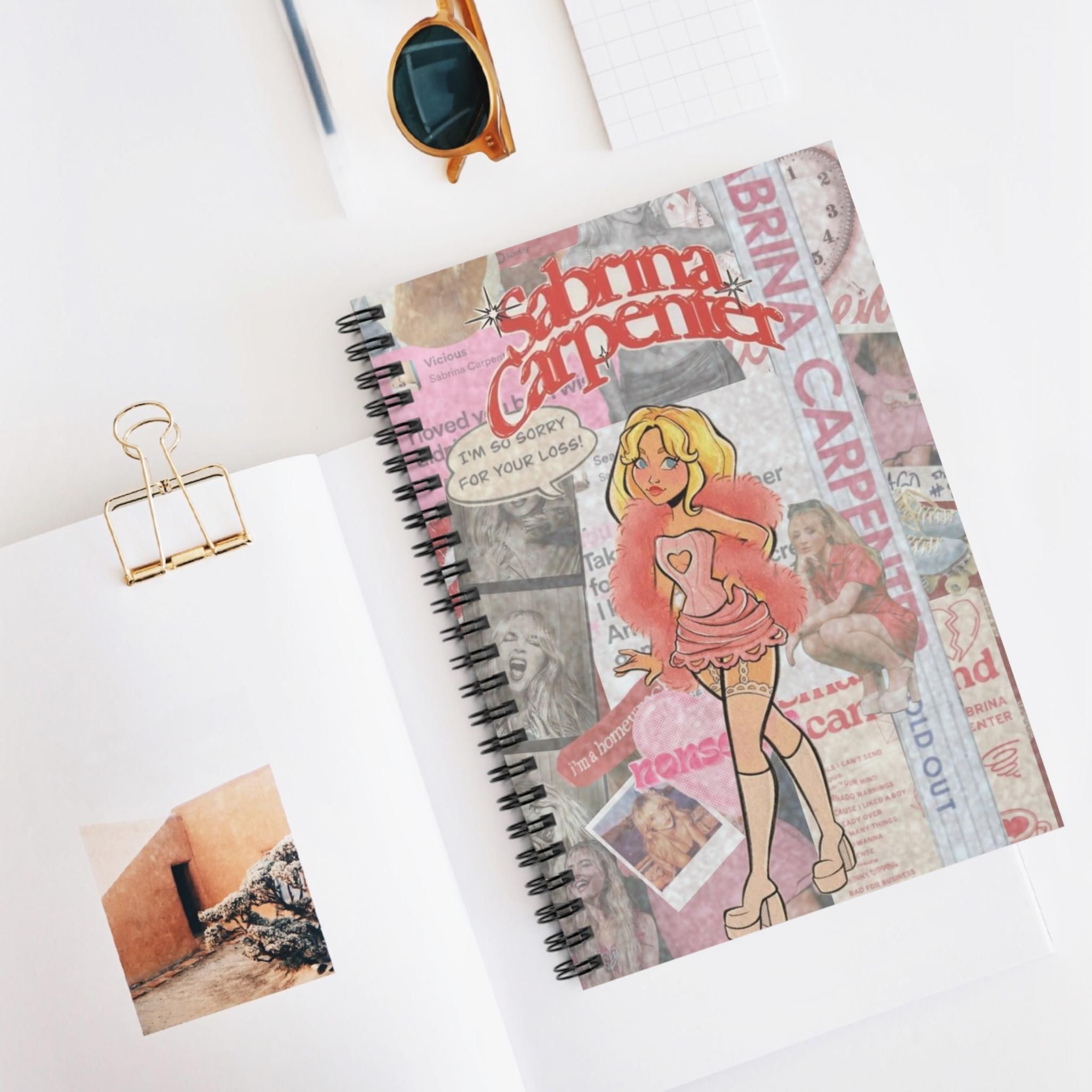
Der ultimative Leitfaden für Spiralbücher: Warum sie perfekt für Ihre geschäftlichen Anforderungen sind
Spiralgebundene Bücher sind eine beliebte Wahl für alle, die ihre Dokumente geordnet, zugänglich und professionell aufbewahren möchten.
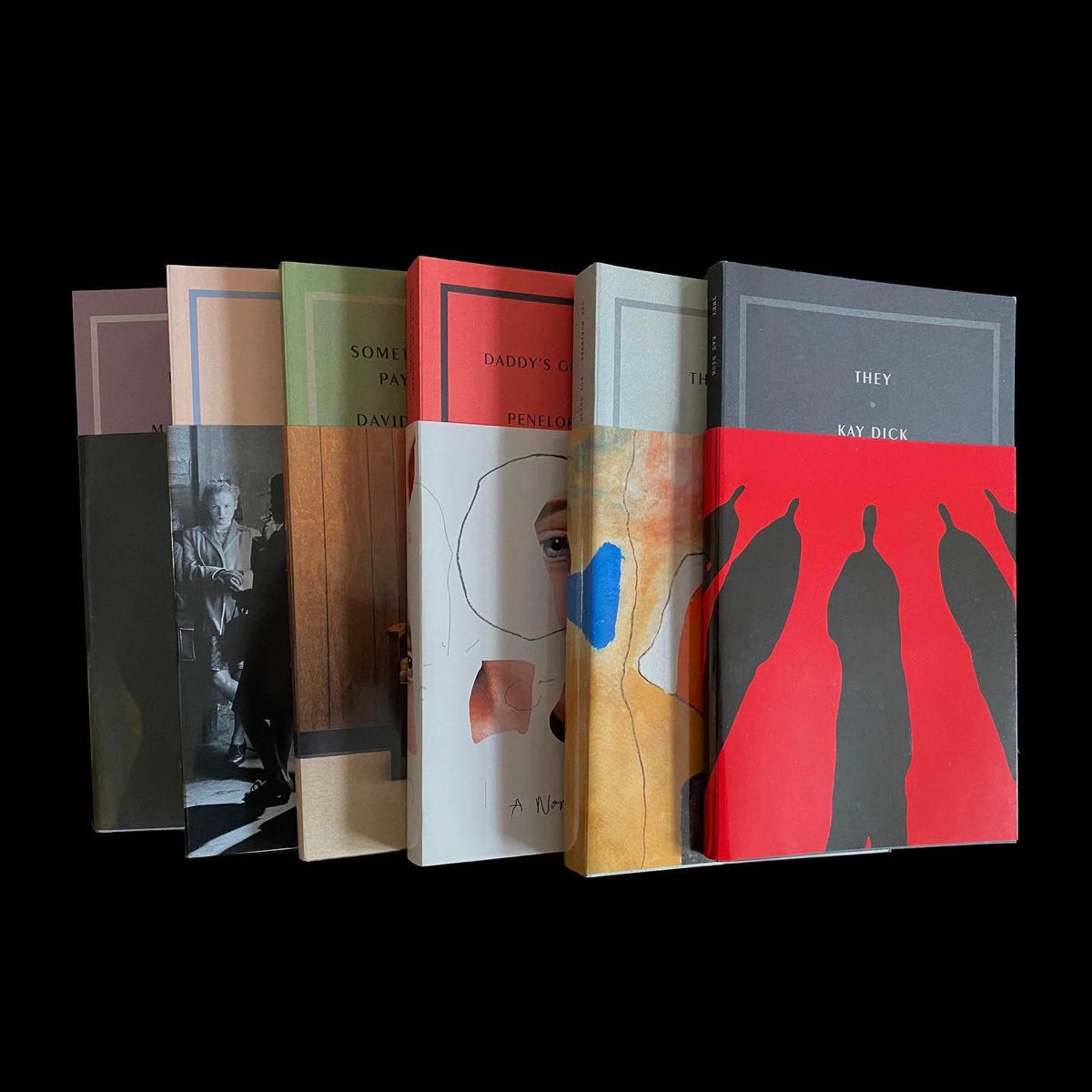
Die Vorteile von Hardcover-Büchern
Hardcover-Bücher fesseln die Leser seit über drei Jahrhunderten und haben sich einen geschätzten Platz in Bibliotheken und Privathaushalten erobert. Von klassischer Literatur bis hin zu zeitgenössischen Selbsthilfebüchern
Kontaktieren Sie uns
- +86 13946584521
- info@booksprinting.net
- 8:00 - 22:00 Uhr (Mo - So)
Kommentare
Verwandter Blog
Finden Sie die neusten Trends und allgemeines Wissen im Buchdruckgeschäft.
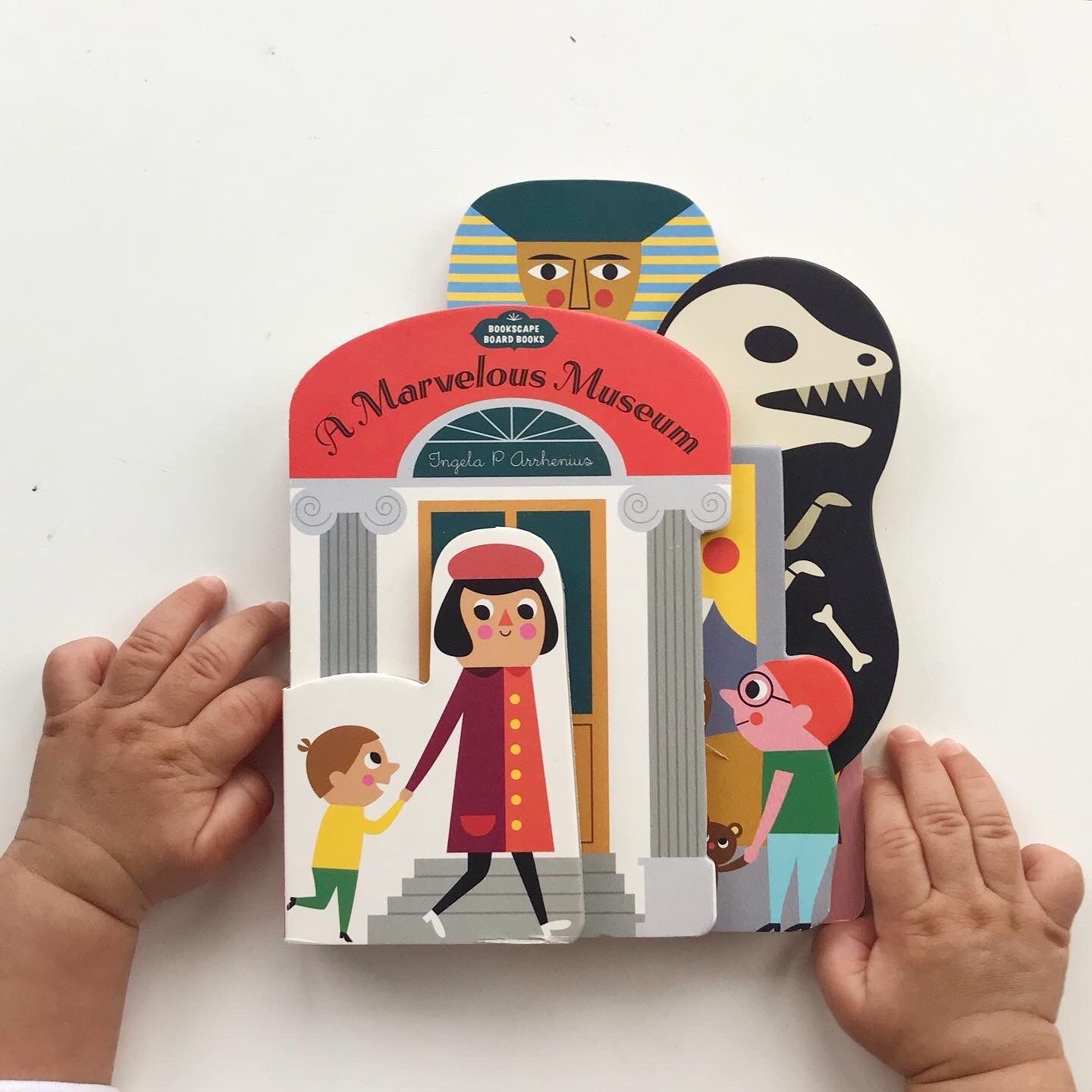
Was ist der Unterschied zwischen einem Pappbilderbuch und einem Hardcover?
Wenn es um die Veröffentlichung von Literatur für junge Leser geht, spielt die Auswahl des richtigen Druckformats – sei es ein Hardcover oder ein Pappbilderbuch – eine entscheidende Rolle, um die spezifischen Bedürfnisse Ihres Publikums zu erfüllen.
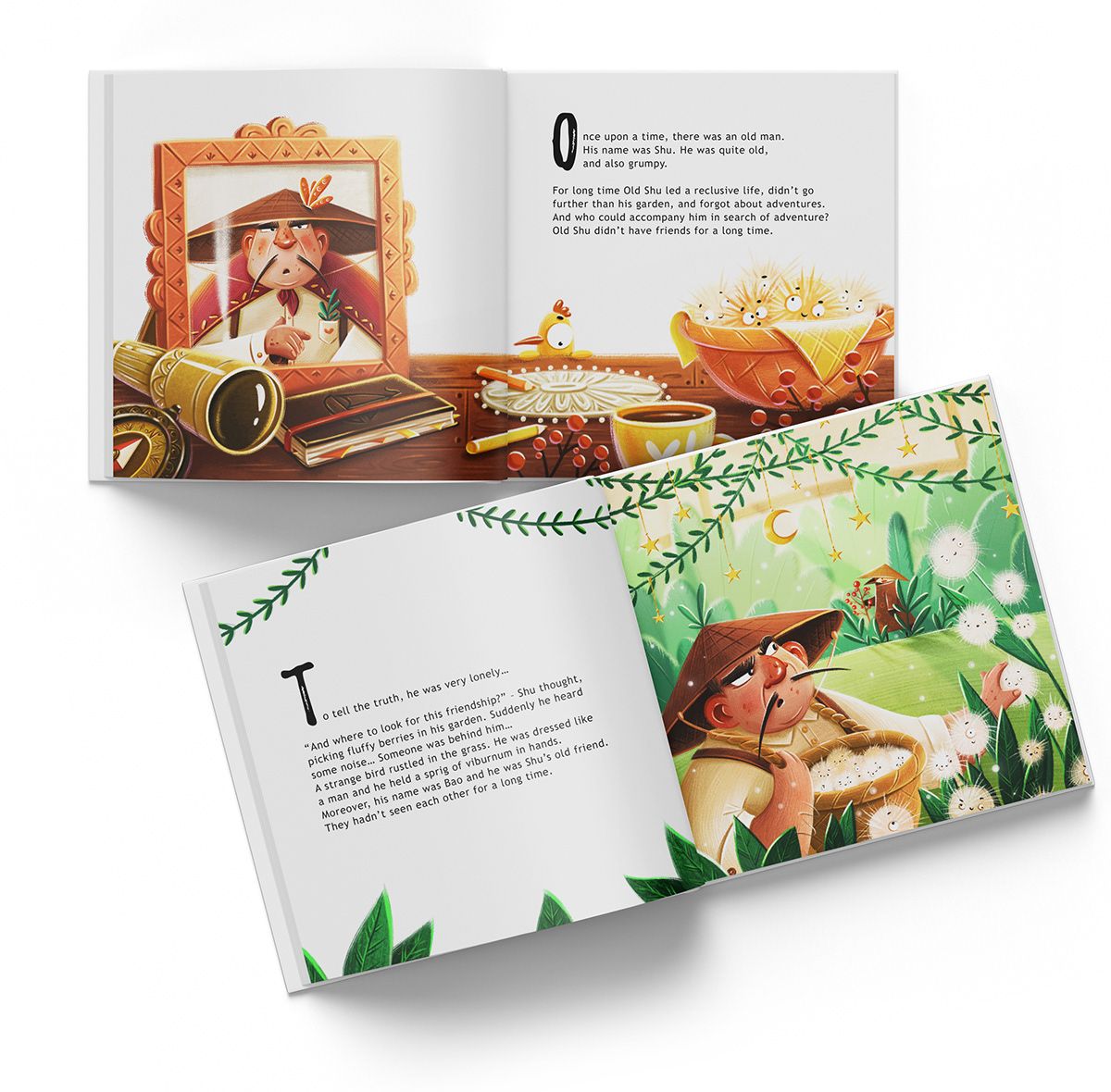
Wie viel kostet der Druck eines Kinderbuchs?
Sie haben Ihr ganzes Herzblut in das Schreiben und Illustrieren Ihres 32-seitigen Kinderbuchs gesteckt und können es nun kaum erwarten, es als gedrucktes Werk zum Leben zu erwecken. Als Buchdruckerei
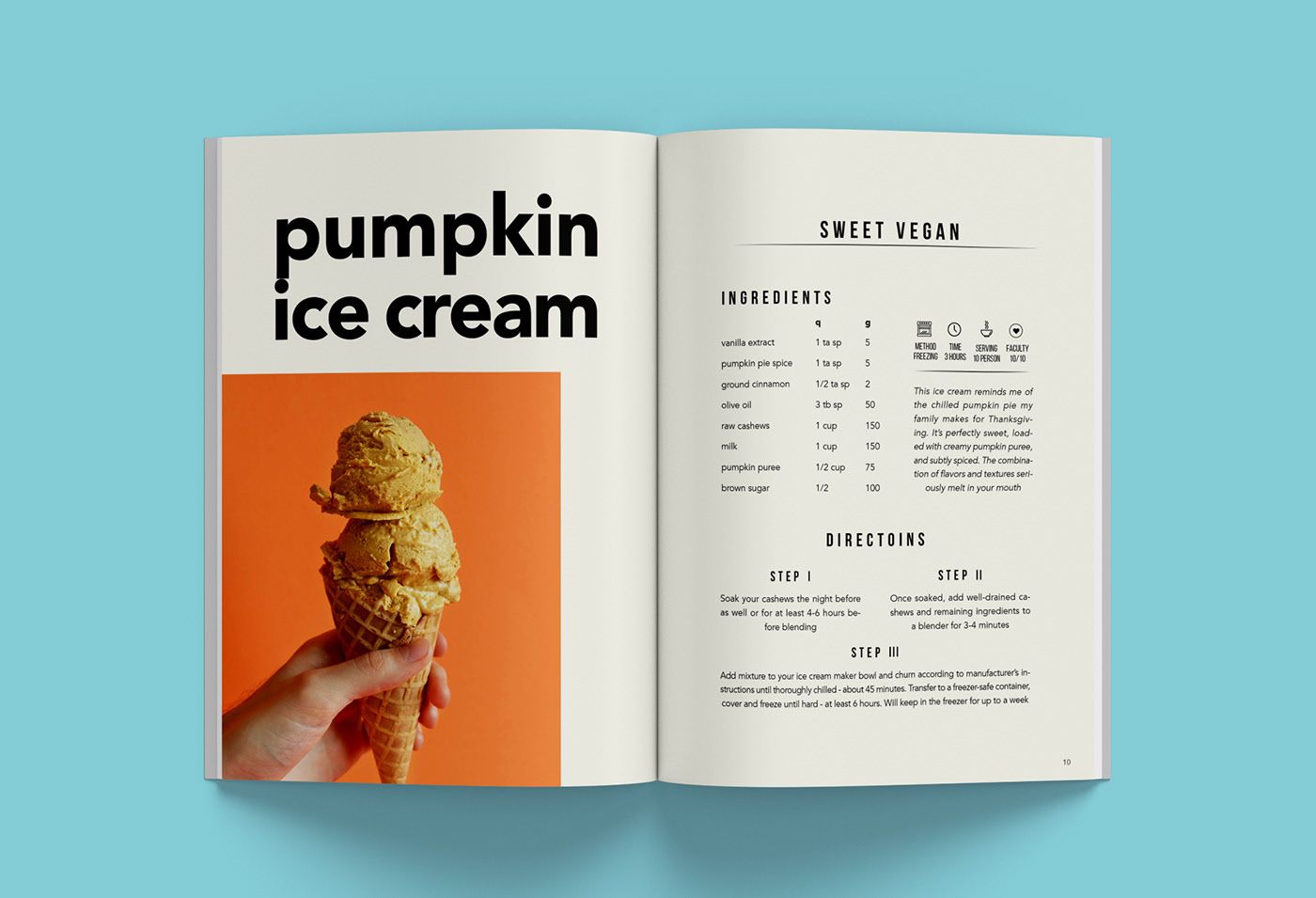
Warum sind einige Hardcover-Ausgaben viel günstiger als die Taschenbuchausgaben?
Die Preisgestaltung von Büchern war für Leser schon immer ein komplexes und manchmal verwirrendes Thema. Während gebundene Bücher aufgrund ihrer robusten Materialien und höheren Produktionskosten traditionell als teurer gelten
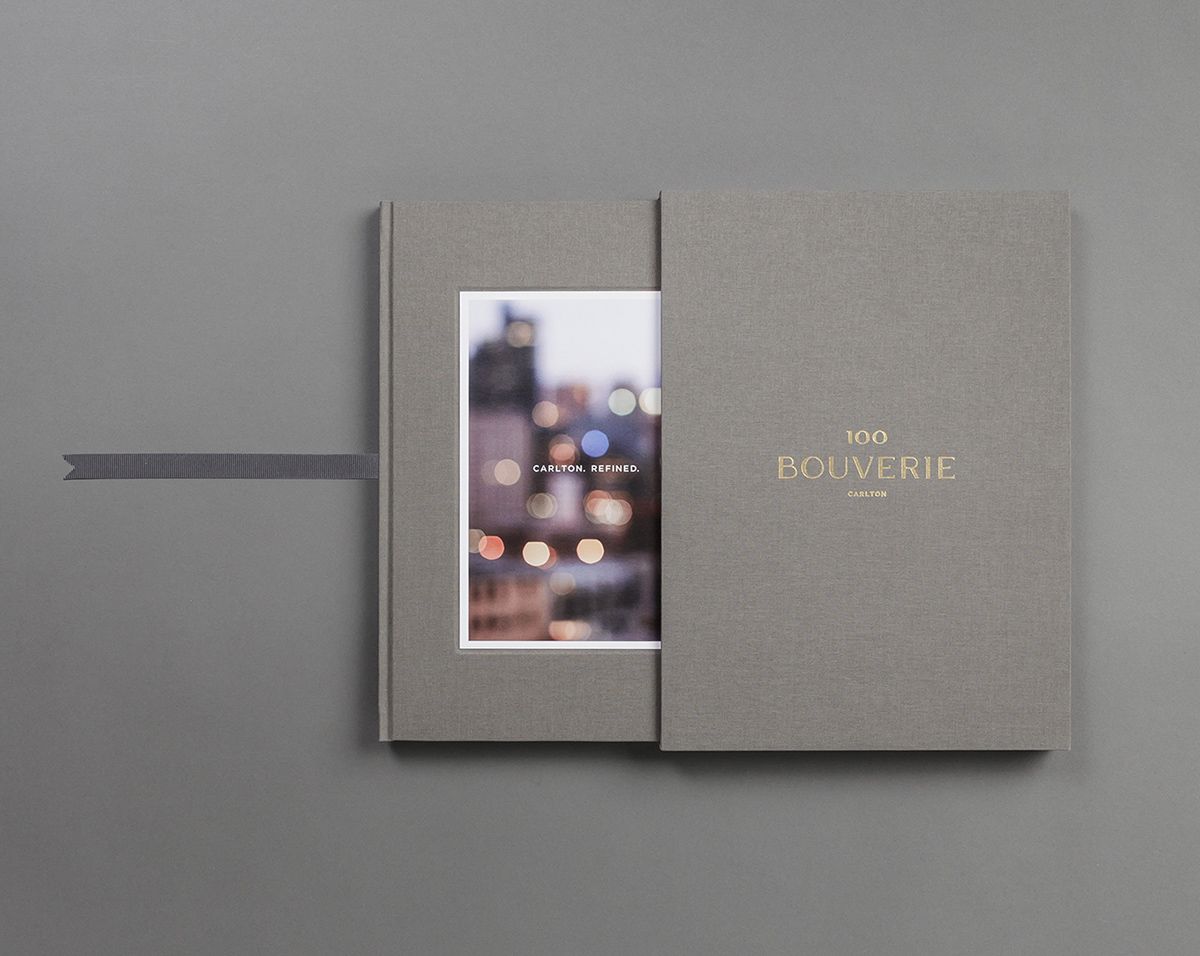
Was sind die Vorteile von Bildbänden?
In einer Welt, die zunehmend von digitalen Medien dominiert wird, sticht der haptische Reiz von Bildbänden hervor.

